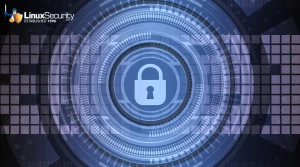The Feds Love Linux
The National Security Agency, renowned for its cryptography talent, has made Linux security even better. In March 2001 the NSA released the code to a security-enhanced version of Linux, which it built in-house. Dubbed "SE Linux," the program has since been weaved into security programs developed in the private and public sectors, including weapons systems used in Iraq.
The feds have plenty of other open-source programs in the works. The Department of Energy and NASA both use Linux to make custom software programs for research and development. The National Nuclear Security Administration is working on a project with Hewlett-Packard (nyse: HPQ - news - people ) to develop "Lustre," a Linux-based file system designed to work on high-powered computer clusters. James Kane, chief executive of market intelligence firm Federal Sources, says the government is running dozens more open-source pilot projects.
The link for this article located at Forbes is no longer available.























